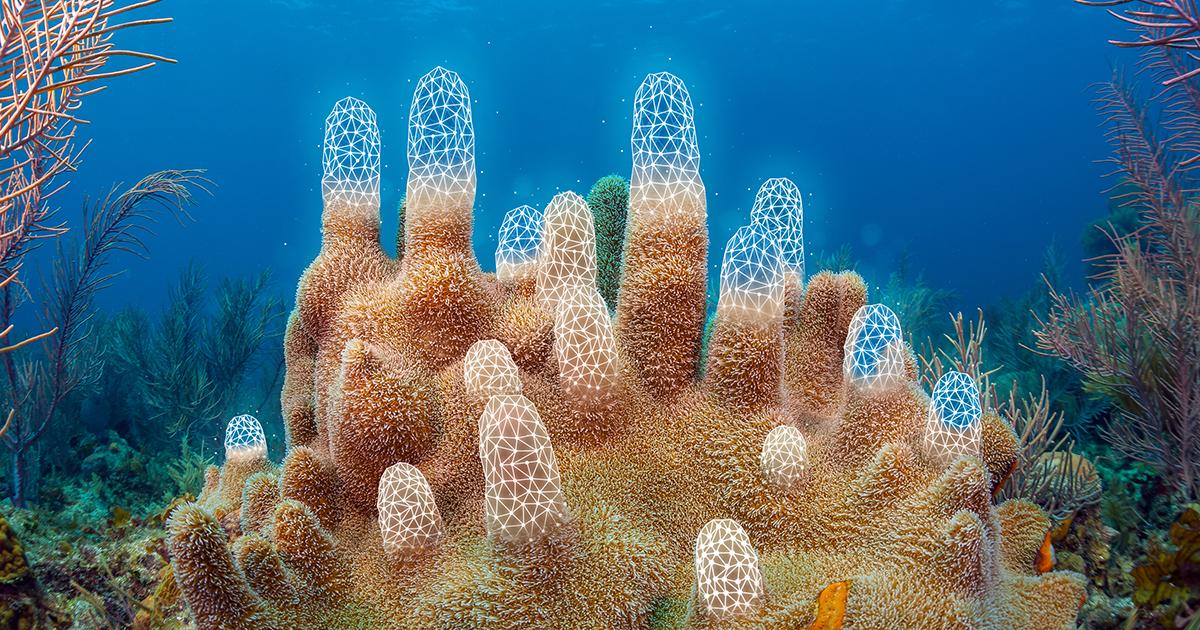Physical Address
304 North Cardinal St.
Dorchester Center, MA 02124
Physical Address
304 North Cardinal St.
Dorchester Center, MA 02124


Plasticity differs from evolution because it happens within an individual’s lifetime. Understanding a polyp’s adjustments can therefore help biologists grasp the limits of adaptation in an era of unprecedented change. How quickly does coral grow? How densely can polyps pack together? What shapes do colonies assume to adapt to different environments?
Vinton wonders whether certain shapes are inherently more adaptable than others. “Their shape can determine their fitness in different environments,” she said. “Their survival, but also their reproduction.” When a chunk of coral breaks off in a strong wave, it can grow on its own into a new colony — a form of asexual propagation that lets species colonize new areas. Shape and density matter; a coral with fragile branches is more likely to reproduce this way than one in a massive boulder form. “Are they breaking off more, or are they not?” she asked. That difference between two structures could determine a reef’s future.
However, polyps’ internal growth programming isn’t everything. While Llabrés’ model represents an imagined genetic predisposition for certain shapes, in real life the environment is just as important to coral growth, if not more so. For example, if you grow one species of coral in sunlit shallow water, Kaandorp said, it will grow very differently than in deeper, darker water.
“There’s a direct connection between the growth process and environmental influence,” he said. “This issue is very important.”
Llabrés’ next step is to include environmental factors such as water flow or light intensity. “These are the two main things known to influence coral,” said Llabrés, who is now a postdoc at the Hawai‘i Institute of Marine Biology. “When it’s working, then the model can be a tool to predict what’s going to happen in changing conditions.”
Such tools can guide biologists to rebuild reefs with shapes optimally equipped for the long-term, large-scale ecological restoration that’s so far been elusive. “This kind of understanding is crucial for predicting how coral ecosystems and marine ecosystems might respond to climate change,” Vinton said, “and which species might need more attention and restoration.”
Llabrés has witnessed decades of impacts from climate change in the waters she grew up snorkeling. “I’ve seen the change — the system degrading,” she said. “There’s some species that I don’t see there anymore.” But her experience in the water has also evolved, thanks to a physics-tinted lens on marine life.
“I find myself asking more questions whenever I’m snorkeling,” she said. “I see even more clearly how resilient nature is; it often finds ways to adapt and thrive, even in ways we might not expect.”